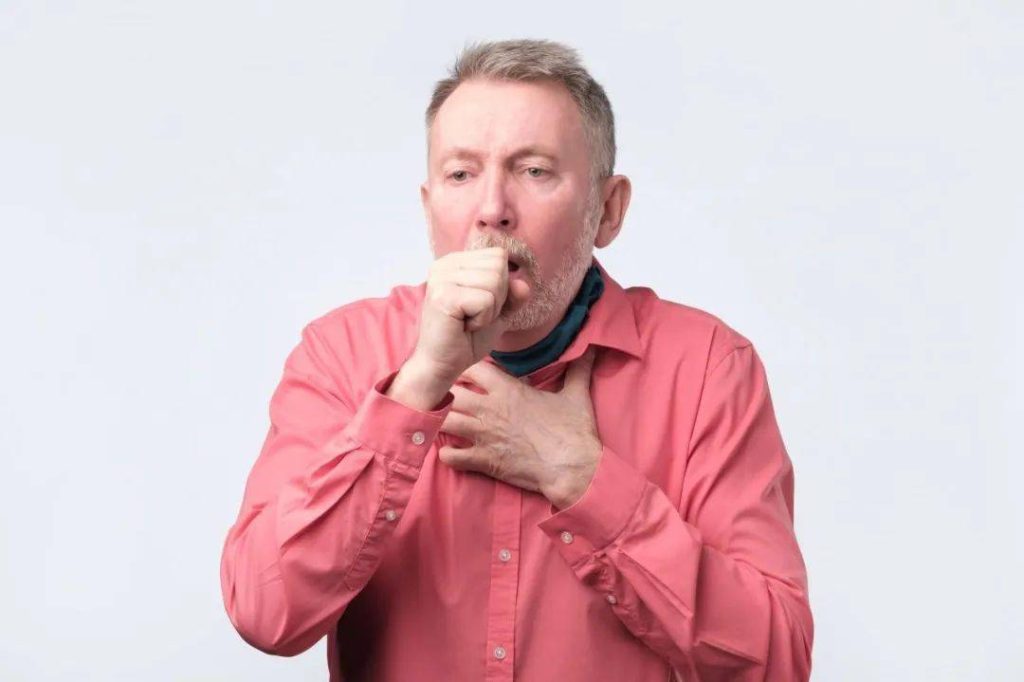
There’s nothing quite like a deep, belly-clutching, tear-streaming laugh. It’s a full-body workout and a balm for the soul. But lately, you might have noticed something different. The laugh that used to roar now comes out as more of a breathy chuckle. You feel the urge to laugh deeply, but the power behind it seems to have faded. It’s as if your body has forgotten how to perform one of life’s most joyful reflexes.
If your laughter has lost its thunder, it’s easy to dismiss it as just getting older. But this change is a specific, physical clue. Laughing weaker? Your diaphragm is… losing its spring, and your body’s most essential muscle for joy is struggling to keep up.
To understand why, we need to look at the magnificent, domed-shaped muscle that is the unsung hero of every giggle, guffaw, and sigh: your diaphragm.
The Diaphragm: The Power Behind the Laugh
Think of your diaphragm as the powerful piston in your body’s central air pump. It’s a large, parachute-shaped muscle that sits beneath your lungs, separating your chest from your abdomen.
Here’s how it works for a truly powerful laugh:
- The Inhale: Your diaphragm contracts and flattens downward, creating a vacuum that pulls a massive amount of air into your lungs.
- The Build-Up: That air is trapped, building up pressure in your chest.
- The Payoff: Your abdominal muscles contract forcefully, and your diaphragm releases in a series of quick, spasmodic bursts, pushing that air past your vocal cords at high speed. The result is the loud, staccato, “Ha! Ha! Ha!” of a genuine, whole-body laugh.
A weak laugh is a sign that this powerful pump is no longer operating at full capacity. The “piston” isn’t driving with the same force, so the air isn’t expelled with the same vigor or volume.
Why the Spring is Fading: The Weakening of the Pump
Several factors, many a natural part of the aging process, can contribute to a weakening diaphragm:
1. The “Use It or Lose It” Principle (Sarcopenia)
Like any other muscle in your body, the diaphragm is subject to sarcopenia—the age-related loss of muscle mass and strength. If we live a more sedentary lifestyle, our breathing becomes shallower. We stop taking those deep, filling breaths that exercise and stretch the diaphragm. A muscle that isn’t regularly challenged to its full range of motion will naturally become weaker and less flexible over time.
2. The Stiffening of the Frame
Your diaphragm doesn’t work in a vacuum. It attaches to your lower ribs and spine. As we age, posture can change, and the spine can become less flexible. This can subtly alter the biomechanics of the diaphragm, restricting its full, downward range of motion. It’s like a powerful spring that’s been slightly compressed for so long it struggles to snap back with its original force.
3. The Nerve Signal Slowdown
The diaphragm is controlled by the phrenic nerve. While generally resilient, the efficiency of all our nerves can change with time. A slightly less efficient signal can mean a slightly slower, less powerful contraction.
4. Underlying Health Conditions
Certain conditions can directly impact diaphragmatic strength:
- COPD and Emphysema: These lung diseases cause air trapping, which can chronically flatten the diaphragm, putting it at a mechanical disadvantage and making it incredibly inefficient.
- Heart Failure: Fluid buildup can push up against the diaphragm, restricting its movement.
Reclaiming Your Joyful Roar: How to Re-train Your Diaphragm
The brilliant news is that the diaphragm is a muscle, and muscles can be strengthened at any age. You can literally re-train your body to laugh with more power and vitality.
1. Practice “Belly Laugh” Breathing (Even Without the Laugh)
Lie on your back with a book on your stomach. Breathe in slowly through your nose, focusing on making the book rise. Breathe out through your mouth, letting the book fall. This is diaphragmatic breathing, and practicing it for 5 minutes a day rebuilds the core strength of your laugh.
2. The “Ha-Ha-Ha” Drill
Stand up and take a deep, diaphragmatic breath. Then, practice forcing out a series of sharp, powerful “Ha! Ha! Ha!” sounds, focusing on engaging your core abdominal muscles to push the air out. It might feel silly, but you are literally doing resistance training for your laugh.
3. Improve Your Posture
Slouching compresses the diaphragm. Make a conscious effort to sit and stand tall, with your shoulders back. This gives your internal “piston” the room it needs to move.
4. Sing in the Car or Shower
Singing is one of the best and most joyful ways to practice diaphragmatic breathing and control. Belt out your favorite oldies; your diaphragm will thank you.
5. See Your Doctor
If your weakened laugh is accompanied by persistent shortness of breath, a chronic cough, or significant fatigue, it’s important to see your doctor to rule out underlying cardiac or pulmonary issues.
A weaker laugh is more than just a change in sound; it’s a physical report on the state of your body’s most essential breathing muscle. It’s a sign that the magnificent diaphragm is losing its spring and needs a little tune-up. By understanding this connection, you can move from nostalgia for your old roar to proactive steps for a stronger, more vibrant future. You can exercise your diaphragm, improve your posture, and rediscover the deep, soul-cleansing power of a truly joyful laugh. After all, you deserve a laugh that’s as strong as your spirit.